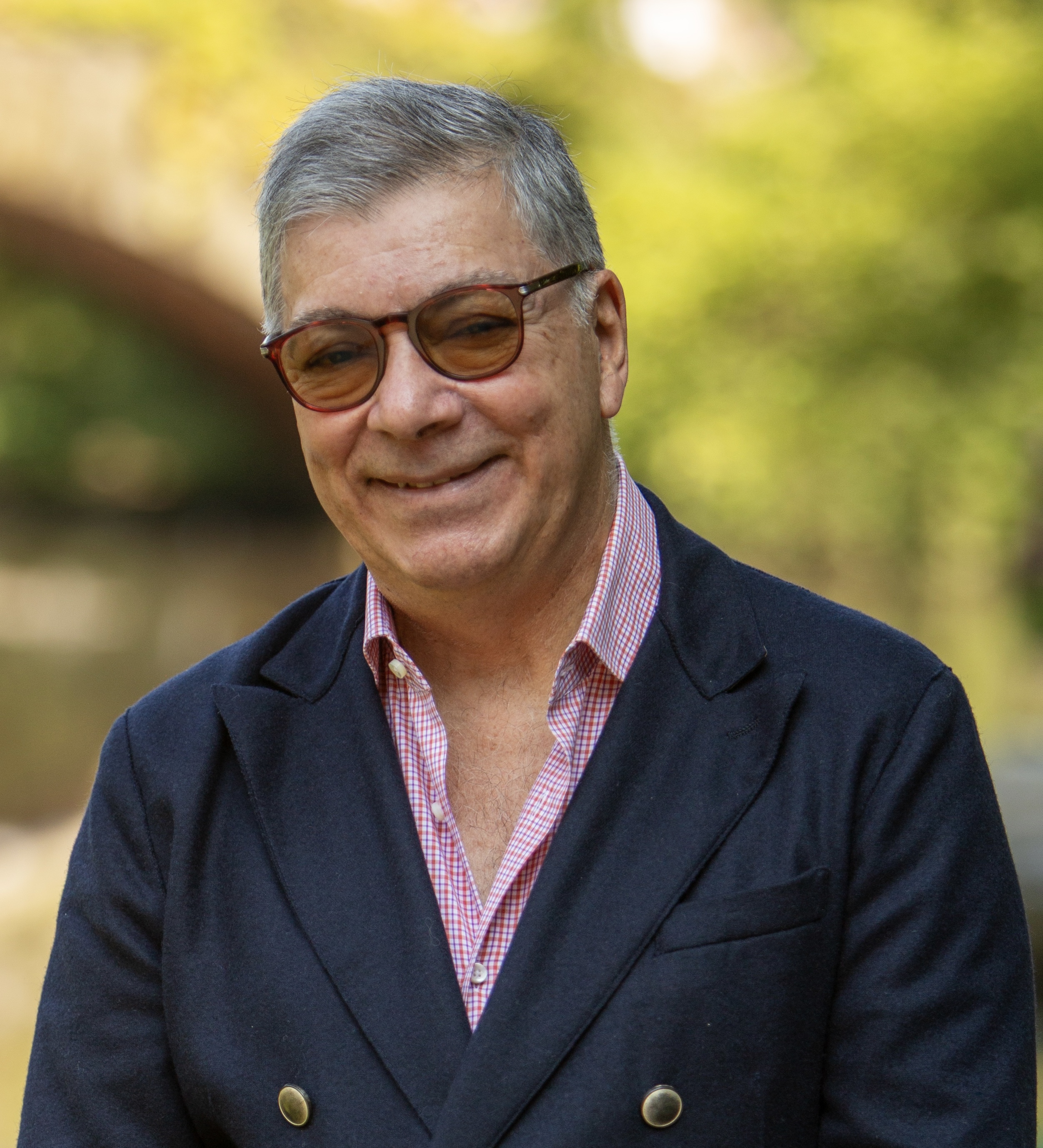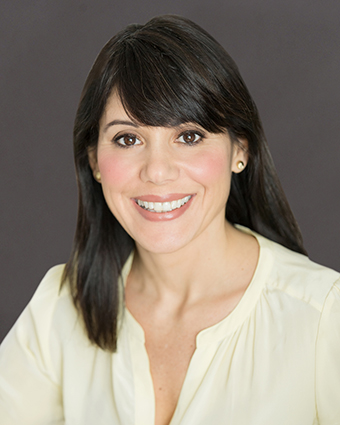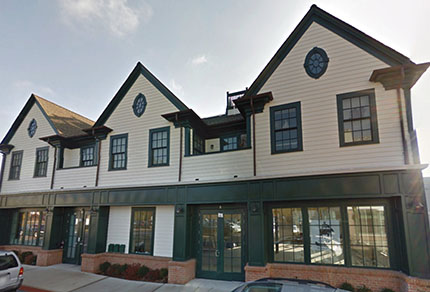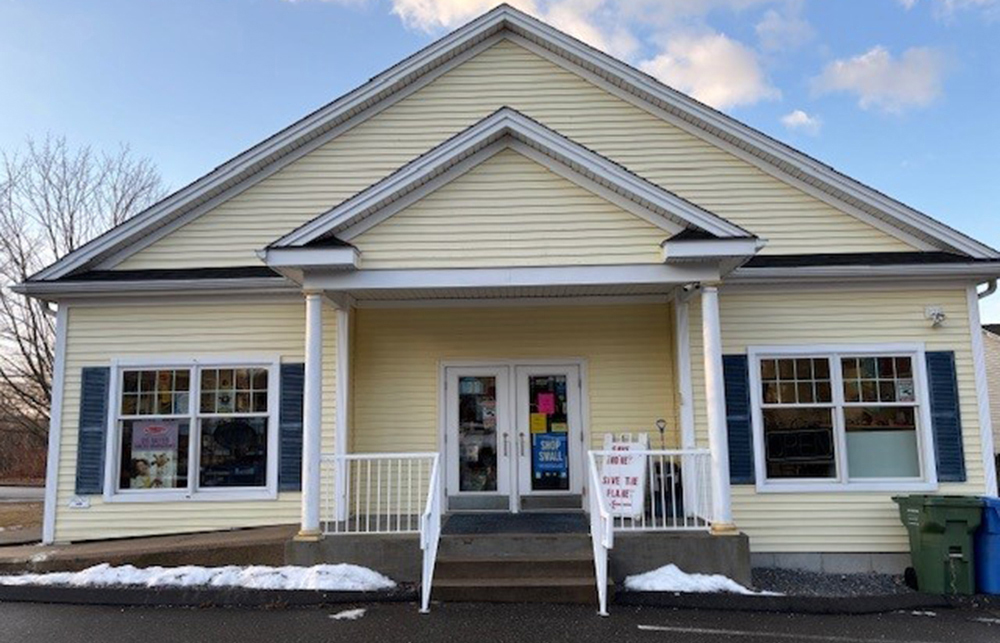Luisi of Avison Young arranges $4.9 million sale of 13 Grove Street
Darien, CT According to Avison Young its Fairfield/Westchester office, in cooperation with the firm’s Long Island office, has arranged the $4.9 million sale of 13 Grove St., a fully leased, 5,726 s/f, mixed-use residential/retail property.
Located in the heart of downtown Darien within walking distance to the Dairen Metro North Station, this newly constructed building consists of two retail units and three apartments. The seller was Day Street Development LLC, and the buyer was Blackshaw Chriscott LLC. The new owner has appointed Avison Young property manager for 13 Grove St.
Alison Luisi, an associate in the capital markets group based in Avison Young’s Fairfield/Westchester office, arranged the sale with assistance from Avison Young principal Ted Stratigos, managing director of the Long Island office.
“This is an extremely strong asset and a great opportunity for an investment vehicle,” said Luisi. “The property, completed in 2014, provides the diversification of a fully-leased, modern, mixed-use building combining residential and retail in one of Fairfield County’s most desirable locations.”
The ground floor retail space is occupied by Le Boudoir, a “blow dry and beauty bar,” and Darien Butcher Shop.
RapDev leases 17,587 s/f at 501 Boylston St. - lease brokered by JLL


Retail / tariffs / uncertainty and (still) opportunity - Carol Todreas
As new tariffs continue to impact the global economy, retail businesses and investors are grappling with heightened uncertainty. From new high tariffs to supply chain issues to evolving consumer behaviors, continual changes are making it as or more challenging than the pandemic years. Yet, amidst this turbulence,

Newbury Street: Boston’s timeless retail gem thrives in a modern era - by Joseph Aquino
Boston’s iconic Newbury St. continues to thrive as one of the most vibrant and compelling retail corridors in the United States. Nestled in the heart of the Back Bay, this historic St. has evolved into a powerhouse of high-St. retail, where luxury meets lifestyle and legacy brands coexist with up-and-coming names. With its European charm, diverse architecture, and unmatched foot traffic, Newbury St. remains a dynamic reflection of Boston’s energy, culture, and economic strength.

Placemaking and retail in 2024 - by Carol Todreas
Placemaking. That is the word for 2024. While the concept has historical precedence in urban development, it became part of our current culture in the 1960’s when urbanists started to think about cities for people, not just cars.













.png)
